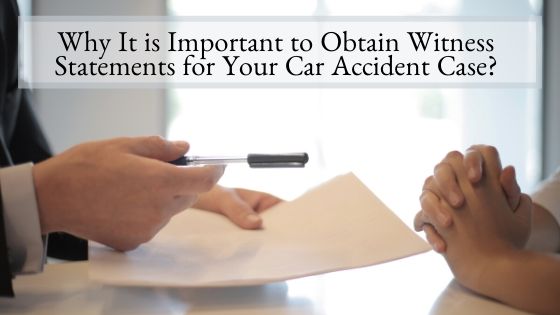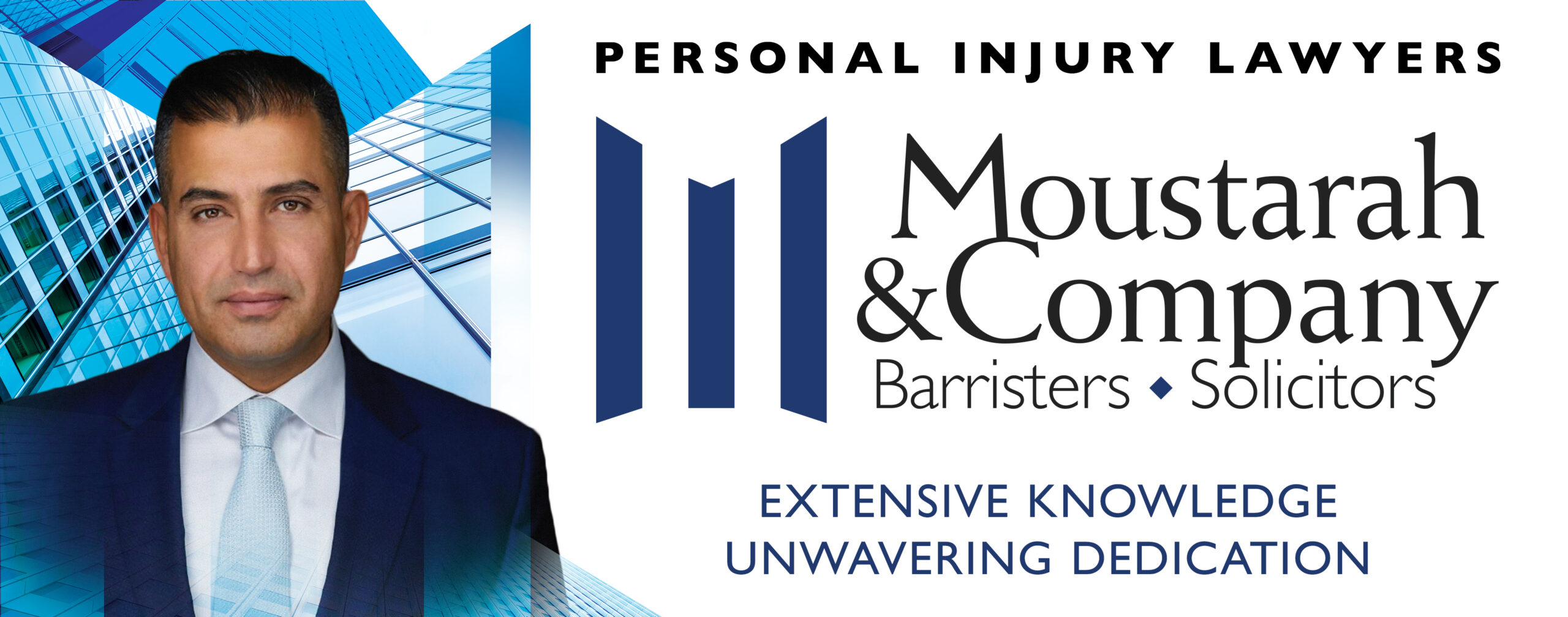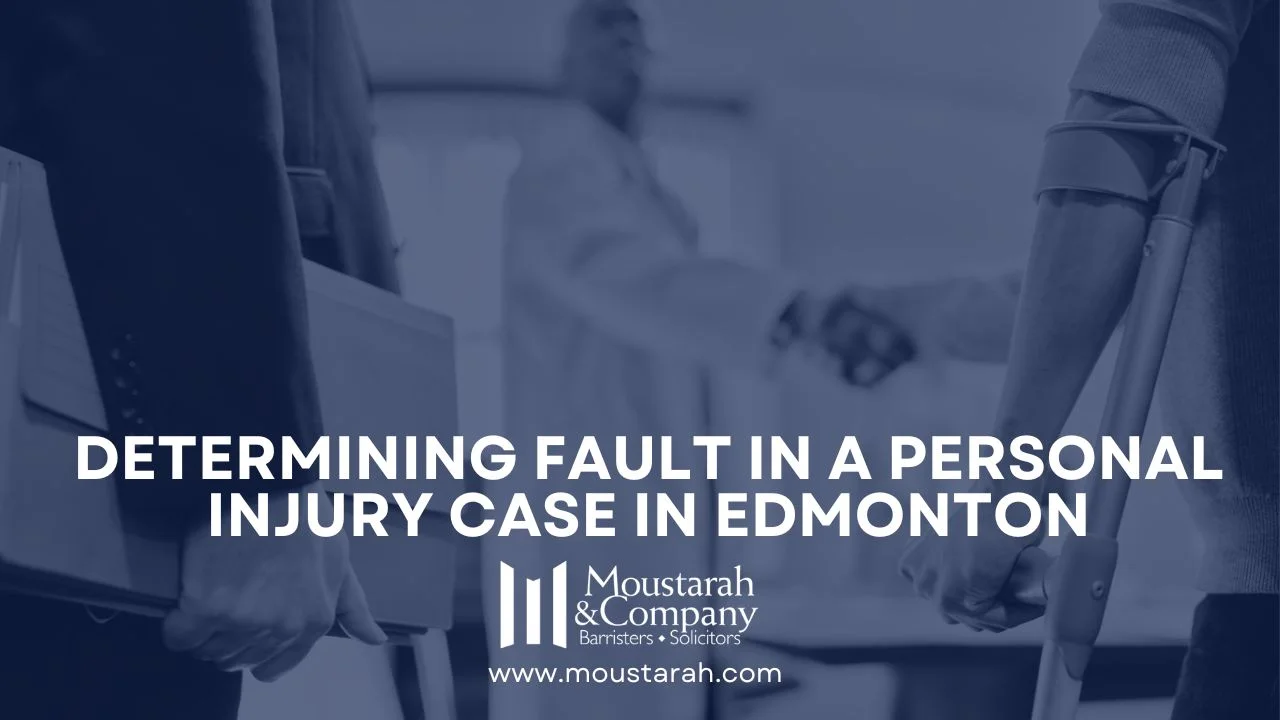Personal injury cases, apart from being traumatic on an emotional and physical level, are very complicated. What is crucial is figuring out who is at fault or responsible. In Edmonton, as elsewhere, proving fault is critical in pursuing a successful personal injury claim. This article gives an understanding of how personal injury cases determine fault, laying importance on the contribution of evidence and witnesses.
Personal Injury Lawyer in Edmonton – Understanding Fault in Injury Cases
1. Understanding the Concept of Fault:
At the outset, what does fault imply in a personal injury case? Fault implies the legal responsibility or liability incurred by a party for causing damage or harm to another party. The principle of fault justifies imposing liability for personal injury caused and the payment of compensation as a sort of penalty for this bad conduct.
Negligence is basically a breach of your duty of care for others around you. It happens when someone causes harm to someone else or their things by not taking enough care. On the other hand, recklessness may be termed as the harm caused to others through willfully ignoring the potential consequences of one’s actions. Fault can also be blamed on conscious actions that are meant to cause damage or harm someone else.
In Edmonton, determining fault is vital in legal cases. It helps to identify who is responsible for the harm or damage. It is the key to getting compensation in claim cases or legal actions. Have you been injured in car accident in Edmonton, take our free 2 minute quiz to find out: do you have a claim?
2. The Importance of Evidence
The basis of any personal injury case is the gathering of evidence. It is this evidence which can be used to prove liability and help the injured party recover compensation for his damages. The types of evidence commonly used in personal injury cases in Edmonton include:
- Incident or Accident Reports:
Valuable insights into the occurrence of the incident may be gained from the reports and accident reconstructions prepared by the police. It can include information about the parties involved, the time and place of the accident, and any contributing factors. The incident report can be used to establish liability and help determine fault. If you are involved in a car accident in Edmonton, then start collecting evidence immediately. Pictures of the crash scene, pictures of both vehicles, and all medical receipts. Everything that you can use to document your car accident and your resulting injuries.
- Testimonies from Eyewitnesses:

Statements obtained from witnesses can provide important information about the sequence of events leading up to and also immediately following the incident, thus providing insight into what happened. It is important that you collect contact information from all witnesses at the accident scene.
- Expert Opinions/Medical Reports:
The opinions given by accident specialists or critical care doctors can help or question claims of blame. The extent of the injuries and damages can be ascertained by such reports.
- Video Footage/Photographs:
Photos, videos and visual evidence/records, including surveillance footage of the accident scene, CCTV footage can help reconstruct the scene of the accident and demonstrate liability. Doorbell videos and dash cams are more and more common, it is a good idea to seek out any houses nearby the accident scene who might have doorbell cameras. Collecting the footage can really help your personal injury claim.
- Economic records
Employment and income records can help establish the amount of money lost by the client in wages, benefits, and other forms of income due to the accident and injuries.
The importance of the preservation of all relevant evidence in a personal injury case cannot be overstated. This evidence can help to provide clarity on what happened and to establish the facts of the case. The more time lapses after the incident, the harder it is to obtain evidence. It can be difficult, if not impossible, to prove liability and secure fair compensation without proper evidence.
3. Establishing Negligence
When someone causes harm or injury to someone else through failure to exercise reasonable caution or care, it is termed negligence. The most common way of determining fault in personal injury cases is by proving negligence.
To establish negligence in personal injury cases, you must prove several key elements.
- Existence of a Duty of Care – This implies that the defendant had a legal obligation to behave with reasonable care and in a manner that would prevent harm to others. For example, a driver has a duty to operate their vehicle safely and follow traffic laws to avoid causing accidents.
- Breach of duty – The prosecution needs to prove that the defendant did not fulfil that duty properly by being careless or negligent. This breach could involve actions such as texting while driving, speeding, failing to maintain safe premises etc. Breach of duty is difficult to prove.
- Causation – A direct link needs to be determined between the defendant’s breach of duty and the plaintiff’s injuries. The court must establish that the defendant’s negligent actions resulted in the harm suffered by the plaintiff. This means that if it were not for the defendant’s breach of duty, the injuries would not have occurred.
- Damages – The plaintiff will have to prove the actual damages resulting from the defendant’s negligence viz. physical injuries, emotional distress, loss of income, medical expenses etc. This will help to support the claim for compensation.
Car Accident Injury Lawyer – Edmonton
21+ years of car accident injury law experience
780-428-6565
Extensive Knowledge Unwavering Dedication
4. Witness Testimonies
In Edmonton, witnesses in personal injury cases can be of two categories – people who saw the accident (lay witnesses) or experts with specialized knowledge. Testimonies of witnesses are important in helping to build a strong case. Their statements can decide the outcome of a personal injury case by providing valuable insights into the details of the incident. This helps in establishing liability in the case.
- Lay Eyewitnesses:
These are individuals who were present when the incident happened. Their testimony can help establish the series of events leading up to the accident and thereafter. They can provide critical details about what occurred at the accident scene, the parties involved etc. Make sure to record every eyewitness contact information for your records. In addition, if the police respond to the scene, then they will collect eyewitness contact information as well.
- Expert Witnesses with Specialized Knowledge:
Expert witnesses include medical experts, psychologists, psychiatrists, economic experts etc. They are typically not present when the accident happened. They are brought into the case because of their expertise in a particular field relevant to the case. But they can help with accident reconstruction or medical assessments to support the plaintiff’s case. Economic experts can provide testimony about the financial impact of the injury, like medical expenses, lost wages etc.
- Depositions:
Witness depositions, and recorded statements taken under oath, are treated as valuable evidence during legal proceedings. They are heavily relied upon in order to prove the circumstances of the incident, the sequence of the same and the future impact of the injuries on the client. Such witness statements can be taken from a variety of people connected to the incident, such as the parents or a spouse of the client etc
- Cross-Examination:
Witnesses can be questioned by the other lawyer to check the veracity of their statements.
5. Comparative Fault
When determining liability in personal injury cases, the courts in Edmonton and Alberta frequently hold up the legal principle of comparative fault. This principle takes into account that in certain situations, both the plaintiff and the defendant may bear some responsibility for the accident or incident that caused the plaintiff’s injuries. This gives rise to something called contributory negligence, which can complicate a case.
In Alberta, the Contributory Negligence Act governs the principle of contributory negligence. According to the Act, if more than one individual has contributed to loss or damage, the responsibility for damages will be divided between those said individuals in proportion to the degree of the fault of each person.
In such cases, the plaintiff can still be compensated for the harm endured by them even if they are partially responsible for their injuries. This is possible under the principle of comparative fault. The court will ascertain the extent of blame of each party in the case and the compensation will be adjusted accordingly.
The aim of the principle is to ensure fairness for all and prevent an unjust situation. For example, if a speeding vehicle strikes a pedestrian crossing the street in an inappropriate place. In this scenario, the court may hold that the pedestrian was partially responsible and at fault for not using a designated crosswalk. However, the court may also determine that the driver was negligent for exceeding the speed limit. The court will arrive at the level of fault of both the pedestrian and the driver and adjust the amount of money that is awarded accordingly.
The Alberta courts determine the degree of fault by examining trial evidence e.g., testimonies of the witnesses, accident-related videos or reports. They consider the victim’s actions immediately before, during and, to some extent, after the accident. The court will carefully consider all relevant factors to determine the proportion of fault assigned to each party.
Comparative fault can differ based on the circumstances and jurisdiction of each case. The laws relating to comparative fault may differ in different provinces or countries.
It is advisable for persons involved in personal injury cases to approach a lawyer who is knowledgeable and at hand, about the relevant laws and rules. It helps the person to gain a better understanding of their rights and options. A lawyer with expertise in personal injury cases can provide guidance and support throughout the legal process. It is essential to have someone who can navigate the complexities of the law and advocate for the best possible outcome.
Conclusion
Determining fault in a personal injury case in Edmonton is a meticulous process that relies heavily on evidence and witness testimonies. Proving negligence and establishing liability are essential steps in seeking compensation for injuries and damages. To ensure the best outcome in a personal injury case, it is important to seek professional advice from an experienced lawyer who can navigate the legal system effectively. Moustarah & Company are your Edmonton Personal Injury Lawyers bringing extensive knowledge and unwavering dedication to every personal injury claim all across Alberta. Moustarah & Company will fight for fair compensation, and they don’t charge any fee until you settle your claim.

Contact Moustarah & Company today for your free personal injury claim consultation at 780-428-6565


